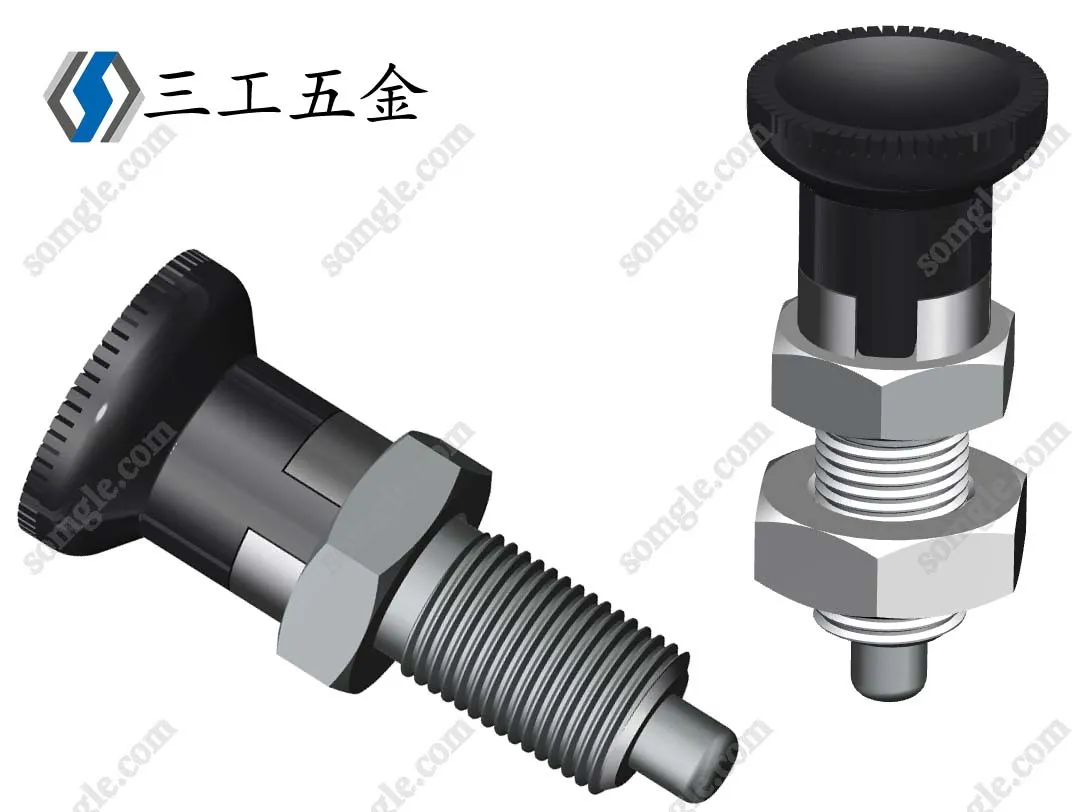How Positioning Balls Ensure Accuracy in Modular Fixtures and Soft Press Systems

In precision manufacturing, even a 0.1mm misalignment can lead to product defects, tooling wear, or system failure. That’s why many engineers turn to Positioning Balls—compact, spring-loaded components that offer flexible, low-force alignment and repeatable positioning.
Whether you're building modular fixtures, inspection tools, or light-load clamping systems, understanding how to use positioning balls can significantly improve your system’s repeatability and usability.
This article from Dongguan Sango Hardware Fasteners Co., Ltd. explains what positioning balls are, their types, and how they help achieve frictionless and fail-safe alignment.
1. What Is a Positioning Ball?
A Positioning Ball, often referred to as a spring-loaded ball plunger or ball detent, is a mechanical component consisting of a ball tip, housing, and internal spring.
When inserted into a hole or seat, the spring-loaded ball pushes gently against the mating surface, creating a light preload that holds or aligns parts.
🔩 Core functions:
- Repeatable positioning
- Light detent holding force
- Indexing or rotational locking
- Anti-rattle and anti-vibration features
- Alignment without over-constraining
2. Common Types of Positioning Balls
🔹 Press-Fit Ball Plunger
- Smooth-body design
- Installed into plastic, aluminum, or soft metals
- Ideal for embedded components
🔹 Threaded Positioning Ball
- External threads for adjustable positioning
- Available in slotted, hex, or thumb-head types
🔹 Spring Ball with Collar
- Collar limits insertion depth
- Used for modular tooling plates or fixture panels
🔹 Ball with Nylon or Delrin Tip
- Protects mating surfaces
- Used in delicate electronics or coated parts
🔹 Heavy-Duty Detent Ball
- Stronger springs for indexing or motion stops
- Used in tools, gauges, or rotating mechanisms
3. Where Are Positioning Balls Used?
Positioning balls are widely used in:
- 🧰 Modular fixture systems
- ⚙️ Quick-change tooling
- 🔁 Rotary index tables
- 🧪 Testing and gauging devices
- 🧩 Panel alignment in enclosures
- 🎯 Zero-position or stop-limit systems
They're especially helpful in flexible manufacturing systems where speed, modularity, and precision intersect.
4. How to Choose the Right Positioning Ball
| Application Need | Recommended Type | Material Suggestion |
|---|---|---|
| Light detent for plastic | Nylon-tipped press-fit plunger | Brass body + Delrin ball |
| Metal-to-metal fixture | Steel threaded plunger | Carbon steel + zinc plating |
| High-corrosion environment | Stainless ball detent | SUS304/SUS316 + passivation |
| Adjustable preload system | Threaded type with flat nose | Hardened steel or brass |
| Soft-contact positioning | Ball with elastomer collar | Stainless + silicone insert |